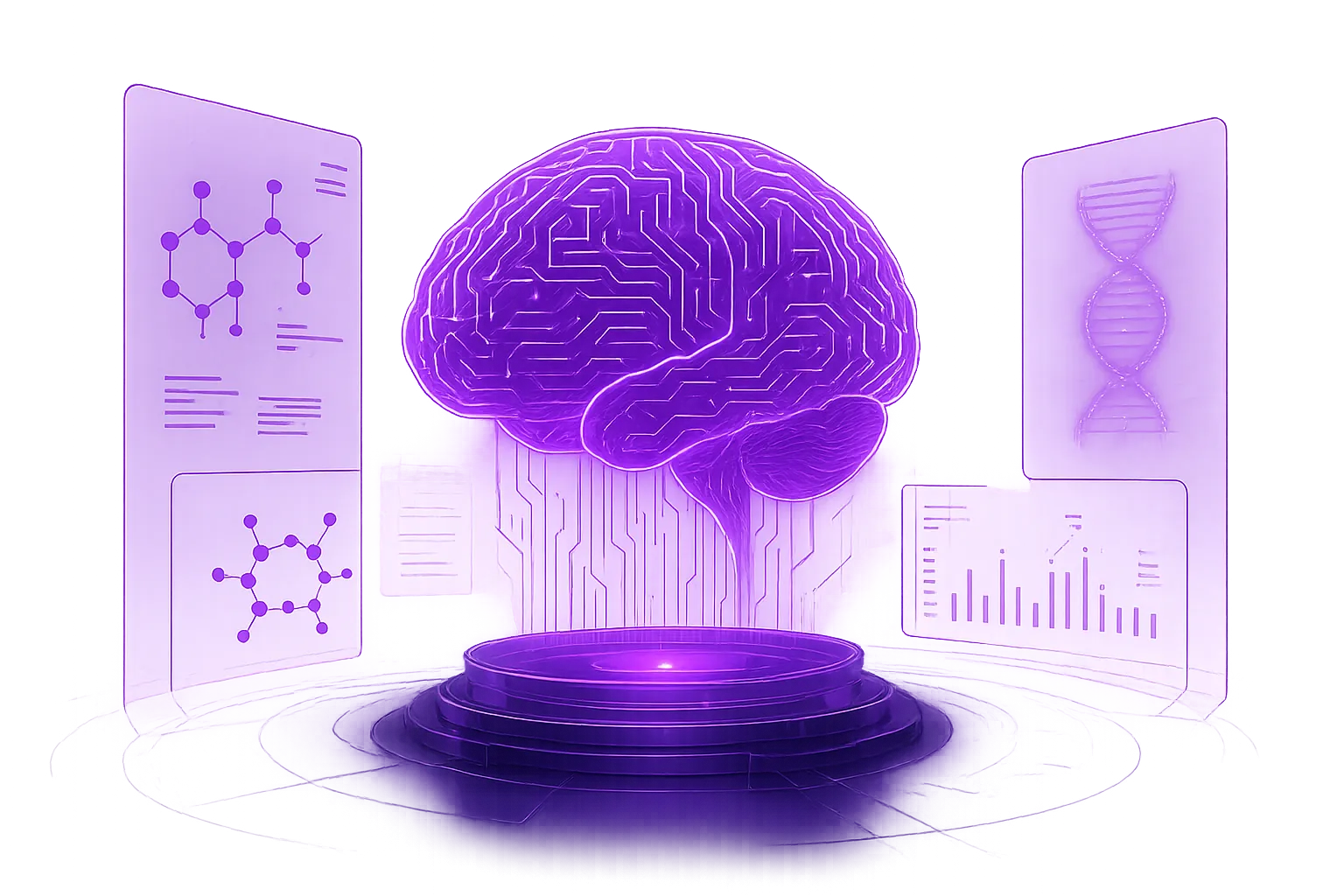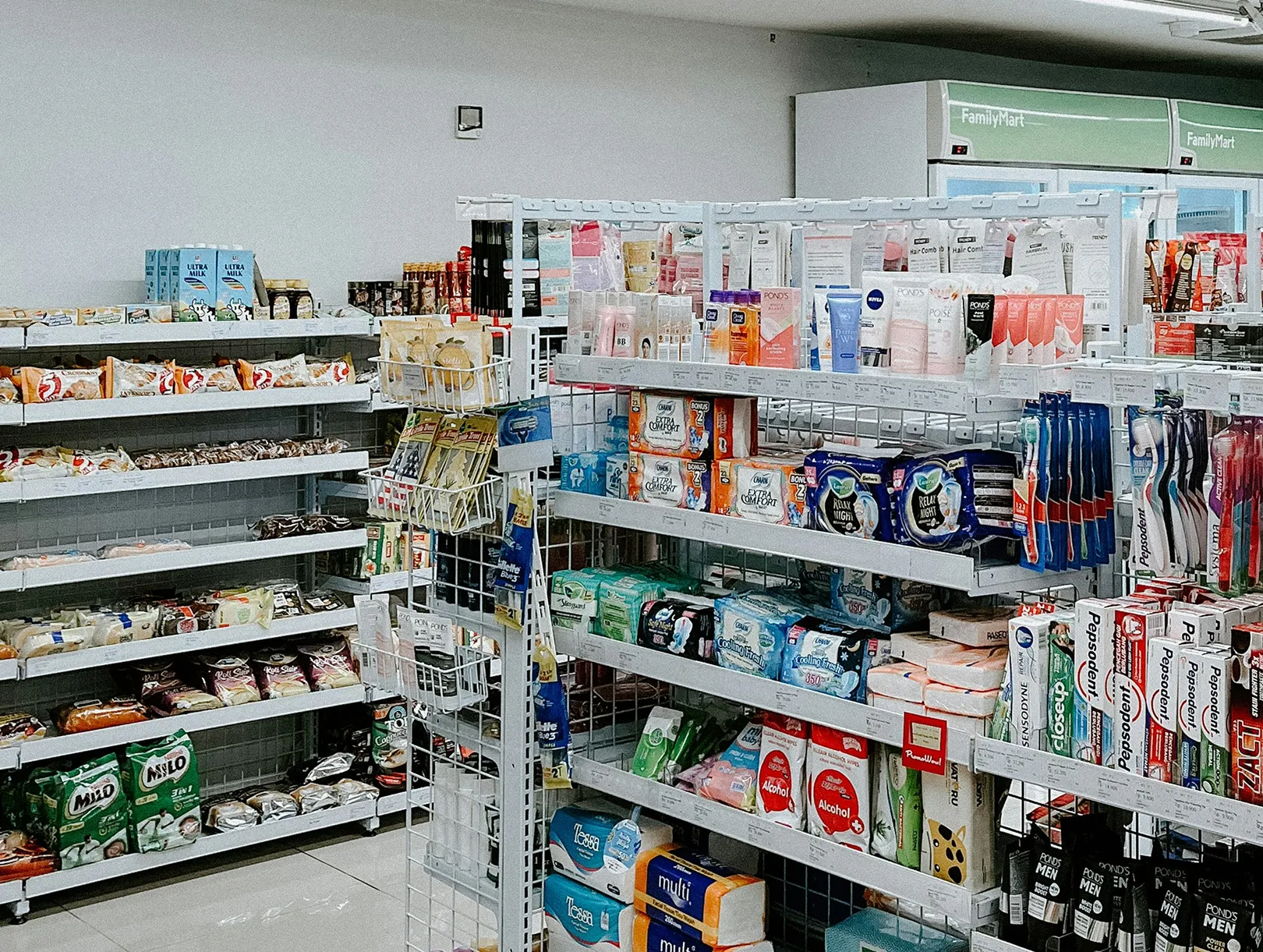How Agentic AI Is Accelerating Drug Target Discovery and High-Throughput Screening
Aug 06, 2025 | 4 min read

The Next Frontier in Pharma R&D
In the race to bring novel therapies to market, pharmaceutical companies are rethinking the early stages of drug discovery. Traditional processes, while effective, are slow, labor-intensive, and often limited by human analysis capacity. Now, with the rise of agentic AI, pharma R&D teams are unlocking a new era of intelligent research automation.
Agentic AI refers to artificial intelligence systems that not only analyze data but also take action autonomously. In drug discovery, this means identifying promising targets from complex biological datasets and initiating next-step screening workflows, all without waiting for manual intervention.
This blog explores how agentic AI is accelerating both drug target discovery and high-throughput screening, with real-world examples and practical takeaways for life sciences teams looking to modernize their R&D engine.
What Is Agentic AI in Drug Discovery?
Unlike traditional automation or predictive AI, agentic AI acts with purpose and autonomy. It can interpret complex biomedical data, make inferences about potential drug targets, and initiate follow-up actions like testing, scoring, or escalation.
In the context of drug discovery, this translates to a dramatic improvement in how teams:
- Surface novel drug targets from massive multi-omic datasets
- Score candidates based on real-world performance indicators
- Reduce human error in early screening decisions
- Accelerate next-step workflows like lead optimization or clinical planning
Agentic AI doesn’t just generate suggestions. It operates within predefined guardrails to perform meaningful work, like automating the entire loop of target identification and validation.
Why Traditional AI Isn’t Enough for Early-Stage R&D
Traditional machine learning and rule-based automation are helpful tools, but they have limitations in highly dynamic research environments. They depend on:
- Static datasets and pre-defined models
- Manual triggers or scheduled batch runs
- Isolated task execution without workflow awareness
Agentic AI addresses these gaps by operating as a collaborative system of intelligent agents. These agents:
- Continuously consume and adapt to new research data
- Collaborate across task types (e.g., screening, validation, documentation)
- Initiate appropriate actions based on insights and thresholds
In essence, they replicate parts of the human scientific process at machine speed and scale.
Real-World Example: Salesforce in Action
Salesforce’s life sciences team highlights a powerful use case of agentic AI in drug target discovery and screening:
"AI agents analyze terabytes of clinical and preclinical data to identify potential drug targets, then autonomously run high-throughput screening simulations to evaluate their viability. Agents collaborate to score and rank these targets, streamlining decisions that once took weeks into a matter of hours."
Key highlights from this example:
- Scale: The AI system processes massive datasets (clinical, molecular, and real-world data) across multiple agents
- Speed: Candidate target identification and scoring is accelerated by orders of magnitude
- Autonomy: Agents launch next steps automatically within established safety and validation protocols
- Collaboration: Agentic sub-systems share outputs with each other to enhance scoring accuracy and decision-making
For R&D teams, this means reducing the discovery timeline while maintaining accuracy, traceability, and compliance.
Benefits of Agentic AI in High-Throughput Screening
High-throughput screening (HTS) involves testing thousands (or even millions) of chemical compounds against biological targets to identify potential candidates. Historically, HTS has been expensive and time-consuming.
Agentic AI transforms this process by:
- Automating assay selection based on prior experiments and current hypotheses
- Optimizing screening protocols on the fly as new data emerges
- Eliminating low-probability candidates early using predictive modeling
- Coordinating robotic systems and cloud platforms to carry out screenings at scale
This level of real-time orchestration not only cuts costs but also reduces the risk of false positives or missed candidates.
Example:
A pharma R&D team running 100,000 compound tests against a rare disease target could use agentic AI to:
- Analyze historical data to predict top 1,000 likely candidates
- Orchestrate robotic testing only for those 1,000
- Route high-potential hits to a downstream AI agent for documentation and next-phase planning
The result? Less waste, faster iterations, and a more agile discovery pipeline.
Data Compliance and Security Considerations
In highly regulated pharma environments, no AI system can operate without strict data governance. Agentic AI platforms must adhere to:
- HIPAA (Health Insurance Portability and Accountability Act)
- GDPR (General Data Protection Regulation)
- FDA Part 11 Compliance
- Internal audit and data provenance standards
Salesforce’s approach, as seen in its Agentforce and Data Cloud platforms, allows R&D teams to:
- Set clear action boundaries for AI agents
- Maintain audit trails of every action taken
- Run explainable models that meet regulatory scrutiny
- Store and process sensitive data within enterprise-grade security environments
This means life sciences teams can scale their AI research capabilities without sacrificing patient trust or compliance integrity.
Getting Started: How to Pilot Agentic AI in R&D
Pharma organizations don’t have to jump headfirst into agentic AI. A phased approach is both practical and effective. Here’s how to begin:
- Start with historical data.
- Use agentic AI to retroactively analyze trial data or failed experiments.
- Pick a non-clinical pilot.
- Focus on compound screening, document summarization, or lab report extraction.
- Define clear guardrails.
- Collaborate with legal and compliance early to design safe, reviewable workflows.
- Evaluate outcomes with real metrics.
- Time-to-insight, screening cost per compound, and candidate quality are key metrics.
With the right foundation, R&D teams can scale AI adoption over time and apply it across the drug development lifecycle.
Conclusion: Why Agentic AI Belongs in Every R&D Roadmap
Agentic AI isn’t just a tool—it’s a new way of working. For early-stage drug discovery and high-throughput screening, it brings speed, scalability, and scientific depth to workflows that have historically lagged behind other innovations.
By combining intelligent automation, predictive modeling, and autonomous action, agentic AI helps pharma R&D teams cut time-to-discovery, reduce costs, and improve accuracy at scale.
Want to explore what agentic AI could do for your research teams?
Schedule a CI Health AI Strategy Workshop to identify practical use cases, align on governance, and plan your pilot.



 Gradial
Gradial  PEGA
PEGA 




